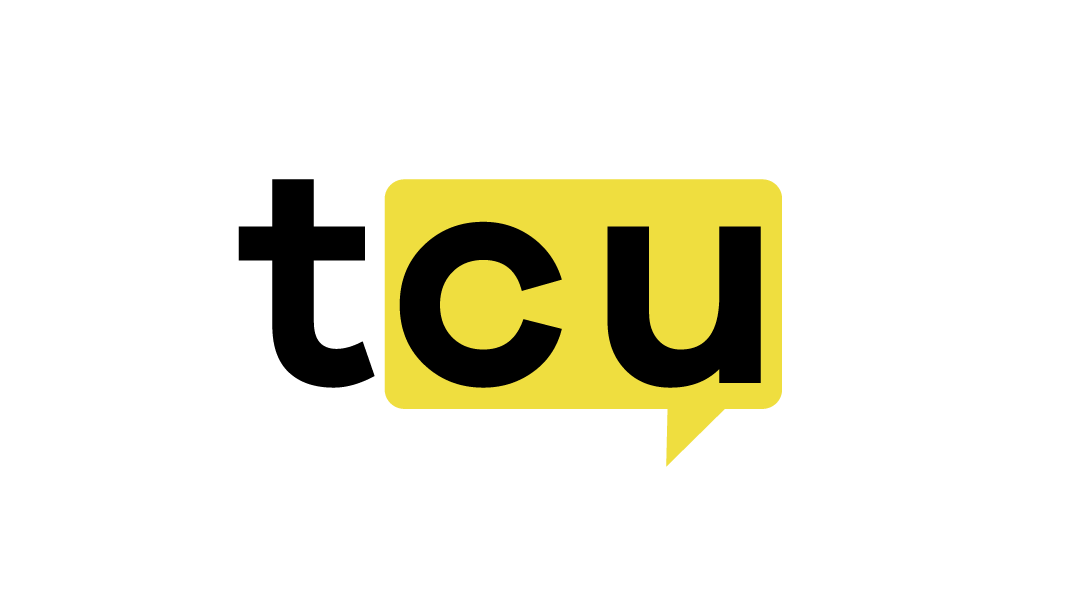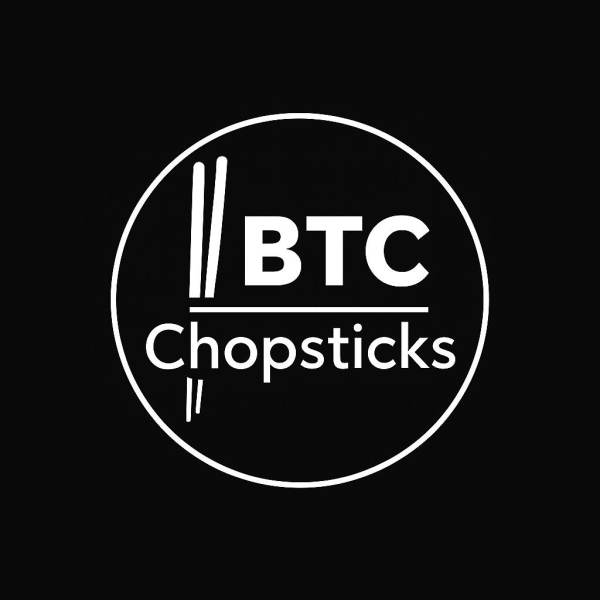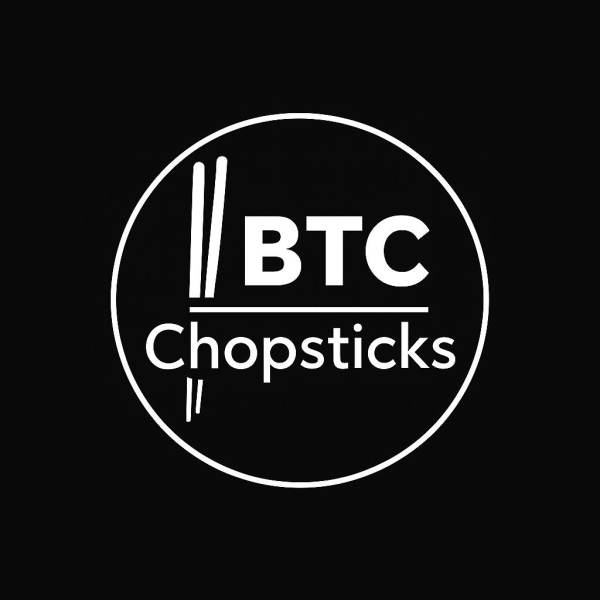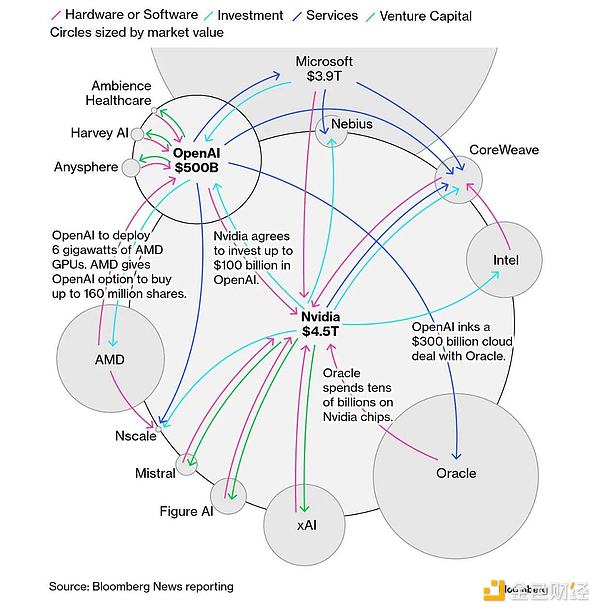RLUSD’s Ethereum Dominance
Ripple’s RLUSD stablecoin has reached a market capitalization of nearly $789 million, making it one of the fastest-growing digital assets in 2025. Launched in late 2024 to facilitate cross-border payments, tokenization, and DeFi applications, the US dollar-pegged stablecoin has attracted significant institutional interest from major players like DBS and Franklin Templeton.
But there’s something interesting happening beneath the surface. Most of RLUSD’s supply—about 88% according to DefiLlama—actually lives on Ethereum rather than Ripple’s native XRP Ledger. That’s more than $700 million worth of RLUSD on Ethereum compared to less than $90 million circulating on XRPL.
This creates a bit of a paradox. Ripple has consistently positioned XRPL as the core infrastructure for RLUSD, yet recent issuances since early 2025 have almost exclusively launched on Ethereum. I think this shift has caught many XRP holders by surprise.
XRP Community Concerns
For years, XRP investors believed that stablecoin adoption would directly translate into higher demand for XRP. The logic seemed straightforward: every transaction on XRPL requires fees paid in XRP, so increased RLUSD activity should drive token burns and enhance utility.
Instead, the bulk of RLUSD activity bypasses XRPL entirely. When renewable energy firm VivoPower uses RLUSD, for example, those transactions occur on Ethereum where XRP plays no role whatsoever.
Chainlink community liaison Zach Rynes pointed out that RLUSD largely displaces the need for XRP for cross-border transactions. “Over 80% of RLUSD is on Ethereum,” he wrote. “Ethereum doesn’t use XRP. XRP holders don’t receive revenue from RLUSD.”
This reality has sparked unease among long-time XRP supporters. One user shared that a dedicated XRP holder discovered RLUSD’s Ethereum dominance and was so disillusioned that he swapped his XRP for LINK and ETH.
Strategic Implications for Ripple
Ripple faces a complex strategic situation. On one hand, RLUSD’s growth is impressive—the stablecoin’s market cap increased tenfold in 2025 alone. Partnerships with major institutions like DBS, Franklin Templeton, and SBI Holdings have driven adoption, positioning RLUSD as a bridge between traditional and decentralized finance.
Yet the Ethereum-heavy footprint challenges Ripple’s narrative about XRPL being the backbone of its ecosystem. While Ethereum integration unlocks valuable DeFi liquidity, it also means Ripple’s flagship product grows in ways that don’t directly support XRP holders.
Competition remains fierce too. Despite its rapid rise, RLUSD still trails established rivals like PayPal’s PYUSD, BlackRock’s BUIDL, and the WLF stablecoin in market capitalization.
For a community that has long anticipated utility gains from Ripple’s innovations, the revelation that most RLUSD activity occurs outside the XRP ecosystem has sparked both disappointment and serious discussion about the future relationship between Ripple’s products and its native token.



